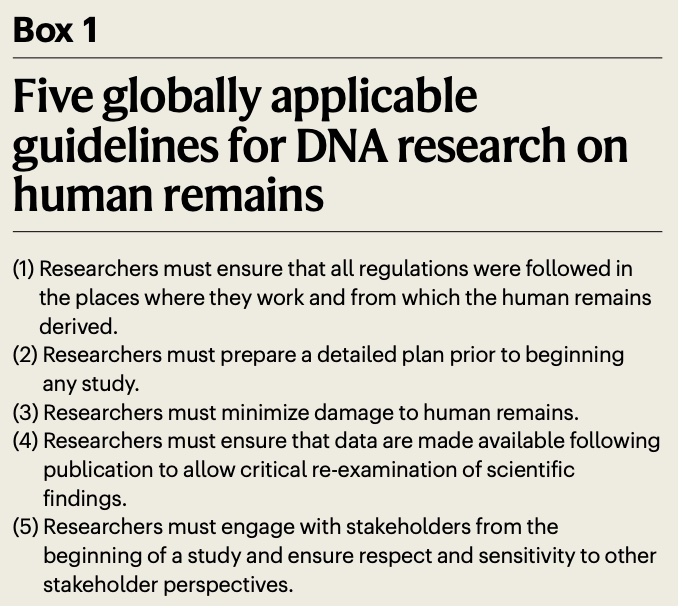Alpaslan-Roodenberg et al. 2021

Authors: Songül Alpaslan-Roodenberg, David Anthony, Hiba Babiker, Eszter Bánffy, Thomas Booth, Patricia Capone, Arati Deshpande-Mukherjee, Stefanie Eisenmann, Lars Fehren-Schmitz, Michael Frachetti, Ricardo Fujita, Catherine J Frieman, Qiaomei Fu, Victoria Gibbon, Wolfgang Haak, Mateja Hajdinjak, Kerstin P Hofmann, Brian Holguin, Takeshi Inomata, Hideaki Kanzawa-Kiriyama, William Keegan, Janet Kelso, Johannes Krause, Ganesan Kumaresan, Chapurukha Kusimba, Sibel Kusimba, Carles Lalueza-Fox, Bastien Llamas, Scott MacEachern, Swapan Mallick, Hirofumi Matsumura, Ana Y Morales-Arce, Giedre Motuzaite Matuzeviciute, Veena Mushrif-Tripathy, Nathan Nakatsuka, Rodrigo Nores, Christine Ogola, Mercedes Okumura, Nick Patterson, Ron Pinhasi, Samayamantri P R Prasad, Mary E Prendergast, Jose Luis Punzo, David Reich, Rikai Sawafuji, Elizabeth Sawchuk, Stephan Schiffels, Jakob Sedig, Svetlana Shnaider, Kendra Sirak, Pontus Skoglund, Viviane Slon, Meradeth Snow, Marie Soressi, Matthew Spriggs, Philipp W Stockhammer, Anna Szécsényi-Nagy, Kumarasamy Thangaraj, Vera Tiesler, Ray Tobler, Chuan-Chao Wang, Christina Warinner, Surangi Yasawardene and Muhammad Zahir
Abstract: We are a group of archaeologists, anthropologists, curators and geneticists representing diverse global communities and 31 countries. All of us met in a virtual workshop dedicated to ethics in ancient DNA research held in November 2020. There was widespread agreement that globally applicable ethical guidelines are needed, but that recent recommendations grounded in discussion about research on human remains from North America are not always generalizable worldwide. Here we propose the following globally applicable guidelines, taking into consideration diverse contexts. These hold that: (1) researchers must ensure that all regulations were followed in the places where they work and from which the human remains derived; (2) researchers must prepare a detailed plan prior to beginning any study; (3) researchers must minimize damage to human remains; (4) researchers must ensure that data are made available following publication to allow critical re-examination of scientific findings; and (5) researchers must engage with other stakeholders from the beginning of a study and ensure respect and sensitivity to stakeholder perspectives. We commit to adhering to these guidelines and expect they will promote a high ethical standard in DNA research on human remains going forward.